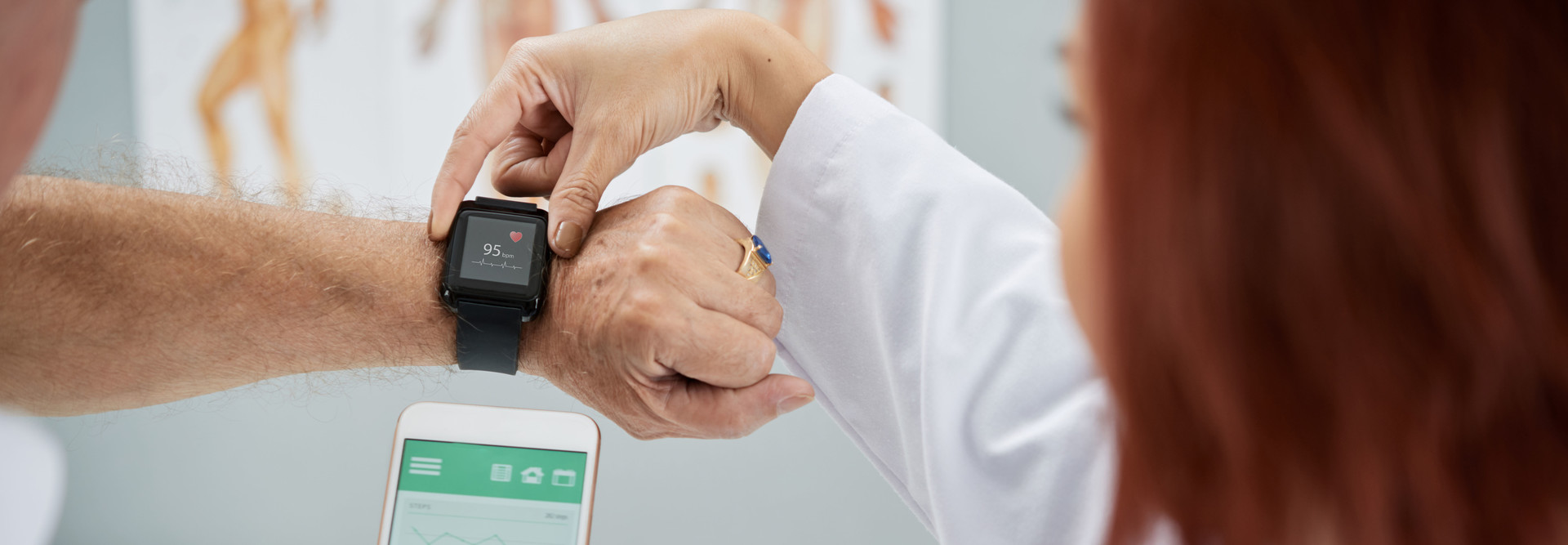3 Steps to Successful Healthcare IoT Implementation
By next year, nearly 10 billion Internet of Things devices will be in use worldwide, IoT Analytics predicts. By 2025, that amount will more than double.
IoT devices such as wireless monitors for vitals and connected security cameras are already in use at hospitals, senior living facilities and other clinical environments. According to Aruba Networks, 87 percent of healthcare organizations use these devices for applications that, for example, track high-value medical equipment or detect and predict falls.
However, IoT tools pose unique requirements and challenges for healthcare organizations compared with those of traditional tech devices such as servers and PCs. These challenges often include a higher level of maintenance, increased network support and enhanced security measures.
Here are some considerations when contemplating an IoT initiative.
Secure Devices and Protect Their Data
No matter how they’re utilized, IoT devices must be inexpensive enough that organizations can deploy them widely. After all, the more IoT devices a hospital has, the more data it can mine to make decisions about patient care.
To accommodate that price sensitivity, IoT vendors typically put just enough processing power and memory into their products to support a device’s core tasks. Unlike a PC or tablet, each device has few extra resources to support cybersecurity software and thus poses the risk for a security incident. As a result, it’s up to the network and the rest of the IT infrastructure to protect IoT devices and the data they handle — and avoid HIPAA fines that would accompany a breach.
Cloud-based solutions from companies such as Aruba are helping to combat the issue. Through crowdsourcing and machine learning, these solutions can monitor each IoT device’s behavior to identify anomalies that could indicate it has been hacked. When new IoT devices are deployed, these solutions recognize the type of device and automatically apply the proper security policies. Wearables, for instance, would require higher security than an IoT device monitoring indoor air quality.
Choose the Right Network Architecture and Technology
While device security is critical, a strong network is key for the success of any IoT application.
Consider the tracking of high-value equipment. This process is crucial to preventing theft and allowing clinicians to quickly locate what they need. But if the IoT devices being used for tracking rely on Wi-Fi connectivity, then the wireless LAN must have seamless coverage throughout the entire facility.
Simply adding more access points seems like an obvious solution, but that can often backfire. Too many APs in close range will interfere with one another, sapping the WLAN’s capacity. That’s why healthcare organizations such as Lorien Health Services have adopted network access control technology to determine each AP’s ideal location to minimize interference and eliminate dead spots.
Healthcare organizations must also consider what IoT applications, such as remote monitoring devices, are in their patients’ homes. It’s important that these organizations navigate connectivity options, such as using Wi-Fi that connects to the patient’s home network (or 4G or 5G cellular for patients who don’t have broadband), before deploying these devices.
READ MORE: Find out how to bring modern technologies to your organization.
Enable Digital Transformation Within the Organization
More IoT devices mean more data to collect, analyze and act upon. A cloud platform that ingests all of that data and presents it in ways that clinicians and other employees can use to make informed decisions is crucial.
Healthcare organizations should consider which platform best supports their IoT goals — which could include lower costs, better patient experiences, tightened security or improved treatment outcomes. Using a platform such as Microsoft Azure for IoT could be a particularly good fit for organizations looking to boost security measures because of Azure’s HIPAA compliance.
These cloud platforms, which can also provide real-time and historical analysis, are key for enabling digital transformations that enhance care, employee productivity and more.










